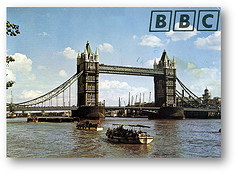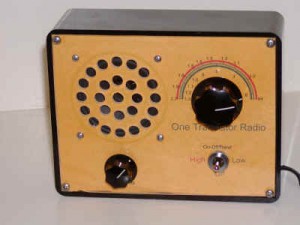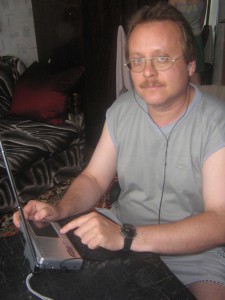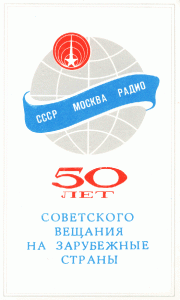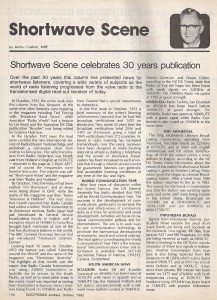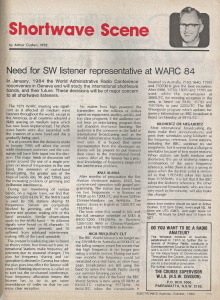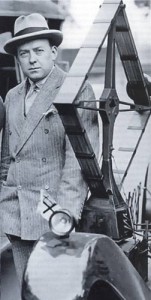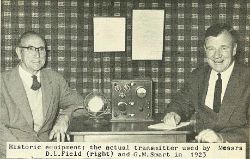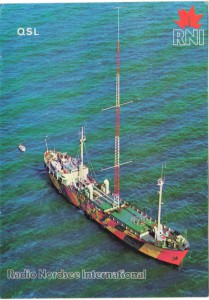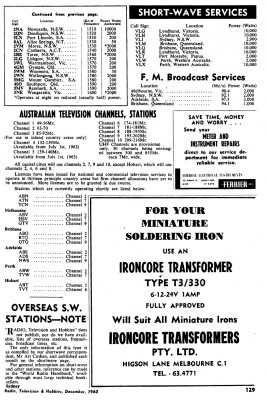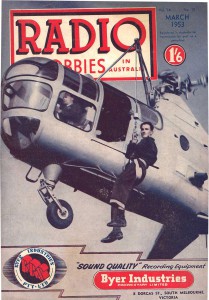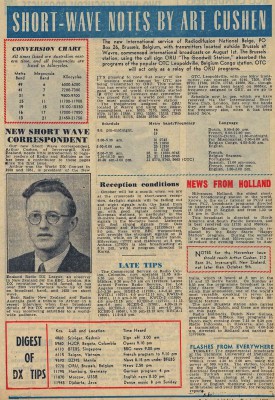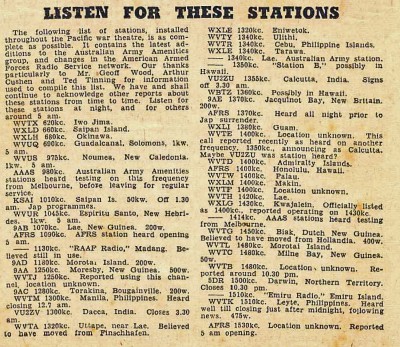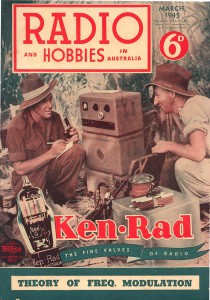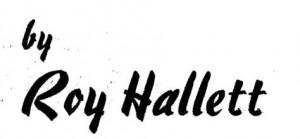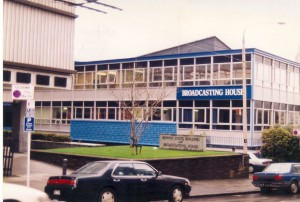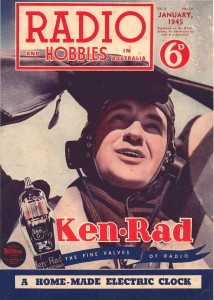Extract from Southland DX Digest August 1956
RECIPE FOR DX SLICE or Good slice of DX
INGREDIENTS: 6 or 7 valves, 1 9” speaker, 1 well Calibrated dial, 1 log book and pencil and 1 pinch of slight Static (to suit your taste!)
METHOD OF MIXING: Stir the whole lot together making sure that the static is well at the bottom, & shake vigorously. (This will ensure that everything is working properly.)
COOKING: Place the mixture in a hot place around 1400 and allow it to simmer slowly. During this part of the procedure it would be as well to listen intently in case some of the small U.S. raisins come to the top!


